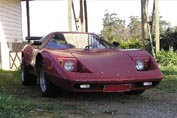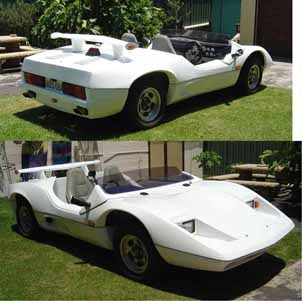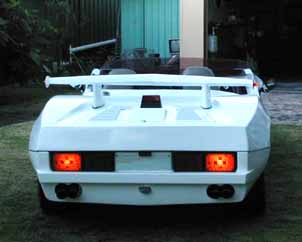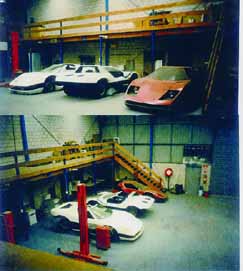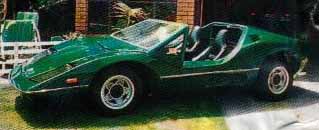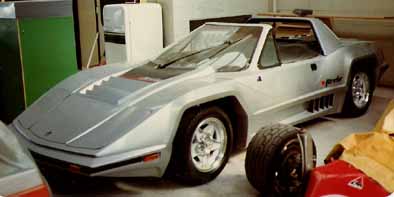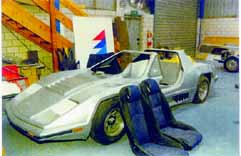Sports
First model, produced roughly between 1974 and 1975
Lower roof with a more flattened windscreen angle. Plastic molded
rear tail lights, singular on each side. Rounded instrument panel.
Narrow centre console, with single air vent at top (in dash).
The dashboard is quite narrow, forcing installation of a cd/cassette
on to the passenger side. 2 x large air vents to centre of windscreen.
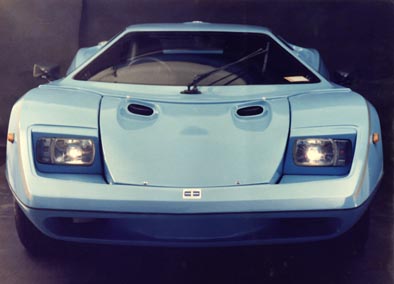


PL30
Second model, produced roughly between 1975 and 1976
Higher roof, with increased windscreen angle. This allowed taller
owners, and vastly improved reflection problems. The plastic rear
molding was replaced by a neater set of squared double rear lights,
with a narrow bumper bar underneath. The instrument panel was
squared up and enlarged to hold more gauges, and the passenger
side of the dash was flattened out. The dash was also remodeled
to allow centre installation of a cd/cassette. The centre console
was rebuilt to around 10” wide at the top, and on a 45 degree
angle over the gear shift, giving the impression of a much shorter
gear shift. The width of the console allows heaps of switches.
It also reduced leg room dramatically
F4
Third model, produced roughly between 1976 and 1991
The headlights became round.
The rear deck over the motor is flat.
There is a small indent around the body where the hood meets. The
area around the windscreen wiper motor was changed slightly, and
a small gutter runs across the body under the front of the hood.
The F4 also introduced the “elephant ears” air ducts
and the lowline rear spoiler as accessories, amongst other bits.
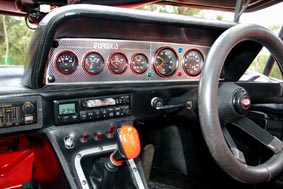
Targa Top
Was first available on the F4, but as many owners have adapted their
hood to the targa type style, they are seen on all models. Often
the targa tops are actually T-tops, which were never produced by
the factory.
Other Notes (courtesy of Shane
Purvis)
The official total number
of Eurekas made by Purvis Cars from day
one is 683
Purvis cars never made a T-top. Many owners refer to their T-top
cars as Targas, this is wrong.
- Targa tops do not leak if correctly fitted.
There
were alot more than 10 black cars made. Allan did not like making
this colour for safety reasons but if a customer insisted
on black then black they got. All white, also not uncommon
on both the PL-30 and PL-30 F4 models.
-Allan's
(Purvis), favourite colour yellow over yellow.
-
The only genuine rear
wing is the lowline model, the one that does not obscure the
drivers rear
view due to the cutdown centre section. This was done in
this style to adhere to Australian Design Rules (ADR'S) which
we had to comply
to at the time. The wing actually was modelled on the wing
off a 928 Porsche which was a favourite of Allan Purvis' at the
time.
The "Lambo Style Rear Wing" - was manufactured
by Colleen
Long, The protype "Plug" which was made from metal
and welded onto an engine lid and was originally intended
to be moulded as a whole, engine lid and lambo wing as one
moulded part.
(note : - Colleen Long sold the Countach rear wing as an accessory after she
purchased the company)
-
The actual name of the company which made the cars was Purvis Cars,
not Purvis Eureka. The Eureka was simply a model which was available
in 4 variations over the years.




